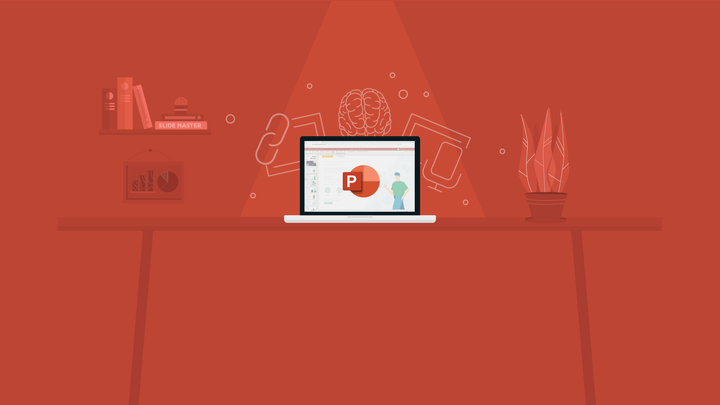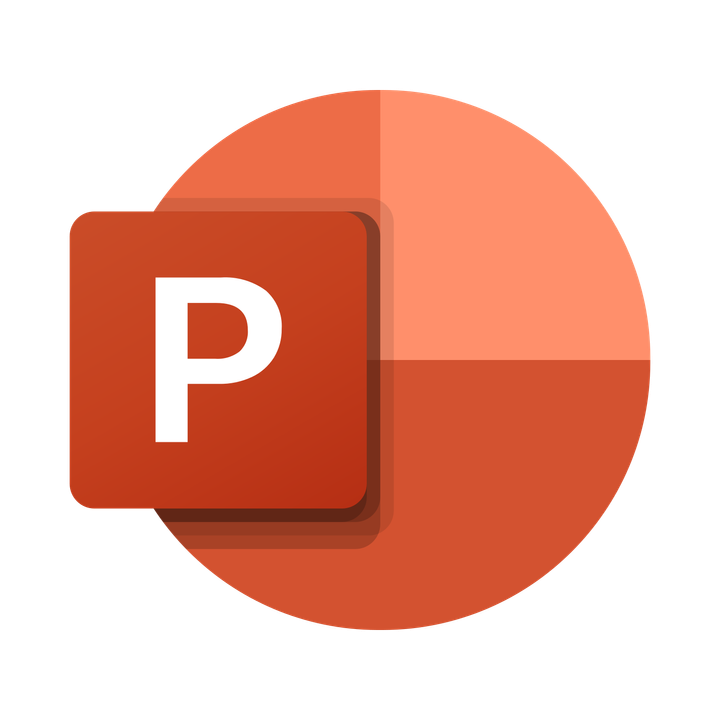



Followers
1
Category
Productivity
Tag
Software
Microsoft PowerPoint is a presentation program, created by Robert Gaskins and Dennis Austin at a software company named Forethought, Inc. It was released on April 20, 1987, initially for Macintosh System Operating system based computers only. Microsoft acquired PowerPoint for about $14 million three months after it appeared. This was Microsoft's first significant acquisition, and Microsoft set up a new business unit for PowerPoint in Silicon Valley where Forethought had been located.
PowerPoint became a component of the Microsoft Office suite, first offered in 1989 for Macintosh and in 1990 for Windows, which bundled several Microsoft apps. Beginning with PowerPoint 4.0 (1994), PowerPoint was integrated into Microsoft Office development, and adopted shared common components and a converged user interface.
PowerPoint's market share was very small at first, prior to introducing a version for Microsoft Windows, but grew rapidly with the growth of Windows and of Office. Since the late 1990s, PowerPoint's worldwide market share of presentation software has been estimated at 95 percent.
Resource: Wikipedia
Microsoft Teams
Microsoft Teams is a proprietary business communication platform developed by Microsoft, as part of the Microsoft 365 family of products. Teams primarily competes with the similar service Slack, offer
Skype
Skype Technologies S.A.R.L (also known as Skype Software S.A.R.L, Skype Communications S.A.R.L, Skype Inc., and Skype Limited) is a Luxembourger telecommunications company headquartered in Luxembourg
Google Meet
Google Meet (formerly known as Hangouts Meet) is a video-communication service developed by Google. It is one of two apps that constitute the replacement for Google Hangouts, the other being Google Ch
Adobe Connect
Adobe Connect (formerly Presedia Publishing System, Macromedia Breeze, and Adobe Acrobat Connect Pro) is a suite of software for remote training, web conferencing, presentation, and desktop sharing. A
Canva
Canva is a graphic design platform, used to create social media graphics, presentations, posters, documents and other visual content. The app includes templates for users to use. The platform is free
Microsoft Outlook
Microsoft Outlook is a personal information manager software system from Microsoft, available as a part of the Microsoft Office suite. Though primarily an email client, Outlook also includes such func
Microsoft OneDrive
Microsoft OneDrive (previously known as SkyDrive) is a file hosting service and synchronization service operated by Microsoft as part of its web version of Office. First launched in August 2007, OneDr
Microsoft To Do
Microsoft To Do (previously styled as Microsoft To-Do) is a cloud-based task management application. It allows users to manage their tasks from a smartphone, tablet and computer. The technology is pro
Microsoft Word
Microsoft Word is a word processor developed by Microsoft. It was first released on October 25, 1983, under the name Multi-Tool Word for Xenix systems. Subsequent versions were later written for sever
Microsoft Excel
Microsoft Excel is a spreadsheet developed by Microsoft for Windows, macOS, Android and iOS. It features calculation, graphing tools, pivot tables, and a macro programming language called Visual Basic
Visual Studio Code
Visual Studio Code is a source-code editor made by Microsoft for Windows, Linux and macOS. Features include support for debugging, syntax highlighting, intelligent code completion, snippets, code refa
Microsoft Edge
Microsoft Edge is a cross-platform web browser created and developed by Microsoft. It was first released for Windows 10 and Xbox One in 2015, for Android and iOS in 2017, for macOS in 2019, and for Li